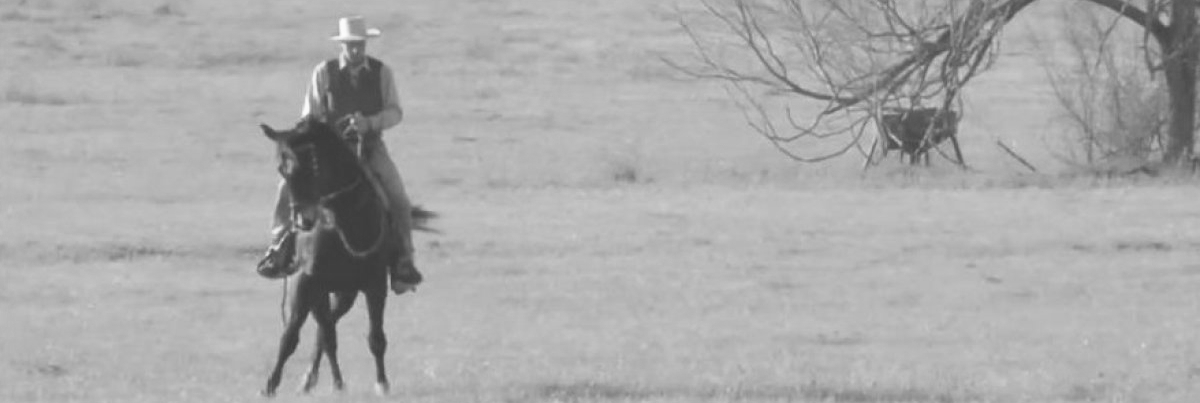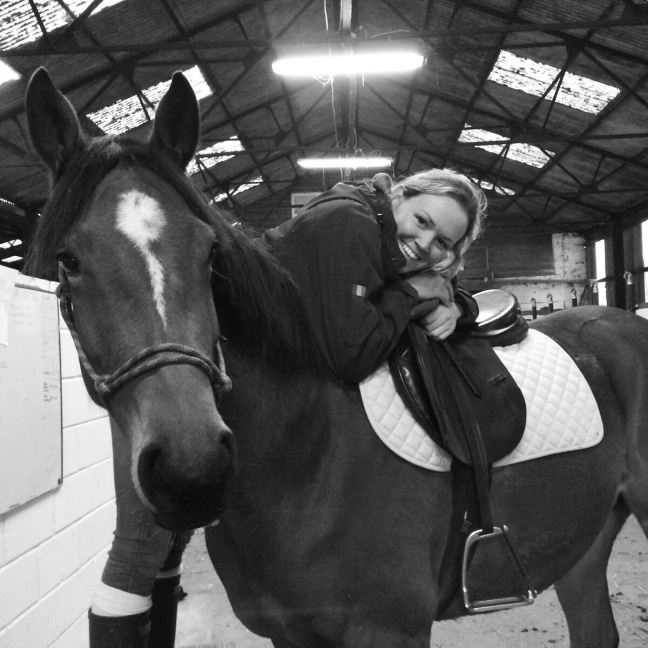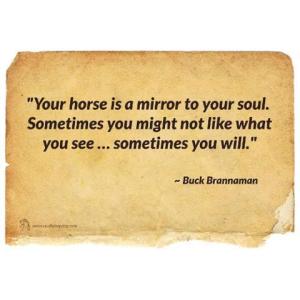After a fantastic weekend with Ellie I couldn’t resist writing a post, even though I should be studying for my fast-approaching exams! Over the last few days Ellie and I have worked on our Groundwork, handling and grooming, and also on her yard manners – things like standing tied without having a tantrum, and moving over when asked to allow people to pass with other horses or move out from the wall so I can handle or groom her other side. All in, those things are coming along very well. It took a little while for her to get head around moving over – she was convinced that pressure on her side meant back up. She eventually found the right answer but still sometimes tries backing up first, which is only natural.
On Sunday I started to think it might be better if I could get her saddled sooner rather than later, so that while we do groundwork between now and my exams, she could also be getting used to the saddle too. I had planned to just start desensitising her to the saddle without putting it on her, but she had no reaction whatsoever so I went ahead and put it on. Nothing. I thought maybe when she started to walk or when I did the girth up it would bother her, so I did the girth loosely and walked her out – not a bother! Over a few more minutes I walked her and did the girth up a little more, and repeated that until it was tight enough for riding. Ellie was more interested in trying to find bits of hay around our feet than in me tightening this strange contraption around her. I let the stirrups down, thinking that might worry her a little, made snapping sounds with the leathers, banged on the seat of the saddle, and then trotted her up and down a little to get to stirrups moving, but she wasn’t bothered. A little irritated by the irons bumping off her but not worried in the slightest! Finished up by lying my weight on her saddle from a tall mounting block and couldn’t believe my luck with how quiet this little filly is. I’ll have to re-gig my plans for now until exams, as I had planned to spend about a week on saddling her and a week on working her off the fence or a mounting block – neither of which bother her in the slightest. I might start ponying her off my boss’s 18 yr old polo pony I have in for conditioning at the moment.
On another note, it’s not all sunshine, lollipops and rainbows. Ellie likes to be cheeky and test the boundaries and I’m having two specific issues with that. The first being that she chooses a new vice every few days to try out. When I first got her, it was kicking. With discipline she became a lot less fond of that tactic so decided to try biting instead, and even bit/nipped me on the top of my head while I was bolting her stable door. She has stopped the biting now, but has started to do tiny rears when she wants to have a tantrum – she lifts her front legs just enough (barely a foot) to stomp them on the ground loudly. Who said humans and horses were completely different?! Where my issue lies is with discipline systems. Buck Brannaman says that discipline is a precursor to good behaviour, and never occurs after bad behaviour. Punishment occurs after bad behaviour. I would never beat or even hit a horse out of anger, and I probably wouldn’t hit an older horse for having a bold moment either. However, in possibly the only way I would disagree with Buck to date, I can’t help feeling that allowing a young horse to kick you without consequence is a dangerous trend for the future. I like to think of herd dynamics when I’m trying to sort through this. In a herd, the leader would never allow a young colt to kick him – he would drive the colt away with aggressive body language, or give him a small bite or kick in return. So my strategy is, I stay calm, patient and understanding, but I give her one smack before the kicking foot has even returned to the ground, or while her teeth are heading my direction. I wish I could consistently use the “discipline, don’t punish” philosophy but I feel that it’s not always practical. For those of you who aren’t familiar with Buck’s methods, the idea is to predict that bad behaviour is coming and redirect the horses energy into a difficult task. However, I find that works for things like biting, as I can see it coming a mile off, or kicking during groundwork, but it’s extremely difficult when I’m bent over handling Ellie’s back legs. She doesn’t swish her tail in warning and I can’t see her facial expression. It’s something I’m constantly considering, so I can’t wait for my next clinic with Ricky Quinn (one of Buck’s students) – I’m very interested to hear his perspective on this problem.
The second problem that I’m struggling to get around is that Ellie has adopted a very positive, affectionate, trusting and respectful attitude with me (95% of the time), but she is a bit of a tyrant towards anyone else. I think it’s partly because she has decided that I’m ok but that she hasn’t decided about the others yet, and partly because I’m the only one handling and disciplining her at the moment. She becomes tetchy, defensive or even aggressive towards others. She lures them in with an adorable expression of curiosity and desire for cuddles, and then tries to bite them when they approach her. I think she needs two things to sort this out: to have positive experiences with people other than me, and to be disciplined by people other than me. My problem though is that I don’t feel comfortable asking others to get involved. I can’t very well say to my barn friends “can you please come over and touch my horse? She might bite you but feel free to give her a little smack on the nose if she does!”. I don’t want to be responsible for anyone getting hurt and no one in my yard has experience or an interest in working with completely green horses, so they are very nervous of these vices. If anyone has any suggestions, I would love to hear from you below!
So, that’s everything for today. Quite a long post but there was a lot to get through!






 . No longer will the excuses “her previous owner spoiled her” or “it’s obvious he was handled violently before” have any place in my yard.
. No longer will the excuses “her previous owner spoiled her” or “it’s obvious he was handled violently before” have any place in my yard.